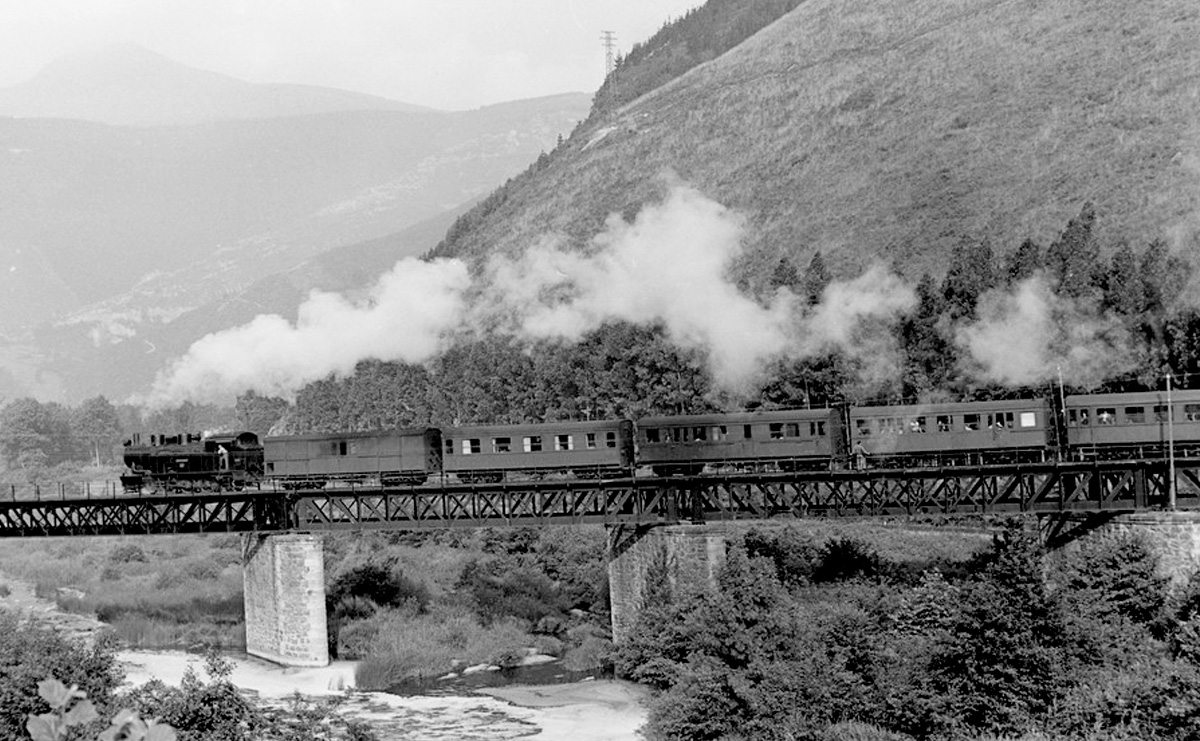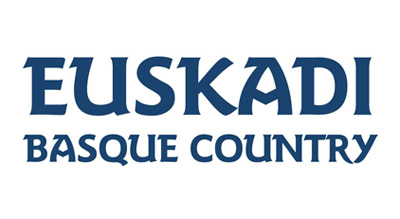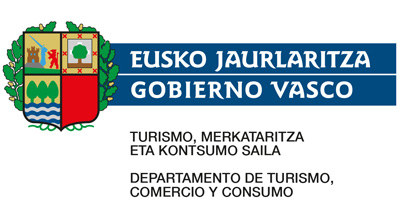Vascongados Railways Greenway
History of the Railway

(CALVO, JUAN C.)
Trains arrived in this region on the banks of the Deba thanks to the Compañía del Ferrocarril Durango – Zumárraga. One of the project’s shareholders was the Central de Vizcaya Railway, which already linked Durango with Bilbao in metric gauge. It was proposed as the best solution to link Bilbao with San Sebastián, taking advantage of the junction in Zumárraga with Norte’s broad-gauge line. It would save a lot of kilometres compared to building an entirely new line along the coast. However, the area’s relief, especially the challenge of going over the Deskarga Pass, resulted in this narrow-gauge railway having some ramps and a very winding route, which was the cause of a thousand and one problems, some of which led to accidents with multiple deaths.
It was put into service in 1888, but shortly after the beginning of the new century, in 1901, a new actor entered the scene: the railway from Elgoibar to San Sebastián.
This company, which also had numerous business links with the other two, built a direct connection along the coast in metric gauge between these two Basque capitals on the Cantabrian Coast, which undermined part of the raison d'être of our line to Zumárraga.
There were so many links between the Central de Vizcaya, Durango-Zumárraga and Elgoíbar-San Sebastian that, in 1906, the three companies merged together into the more powerful Compañía de Ferrocarriles Vascongados. Its incorporation led to some improvements, such as electrification, in 1929.
On the other hand, an important event took place in 1915: the Vasco-Navarro Railway was opened, which enabled the Vascongados Railways to connect with Vitoria and Estella. The junction took place at the station of Mekolalde, a Bergara neighbourhood. And this connection provided a lot of traffic for the Vascongados railway line. However, the closure of the Vasco-Navarro line, in 1969, dealt a brutal blow to its accounts, which were already in a bad way.
Under the tutelage of Vascongados, the Zumárraga line maintained its activity until 1971, the year in which a provisional suspension of traffic was authorised. A year later, the entire Vascongados network was integrated into FEVE, a company that did not restore the service and, taking advantage of other line closures in this area, closed it for good four years later, on March 1, 1975, with the dismantling of its tracks and facilities beginning shortly thereafter.



